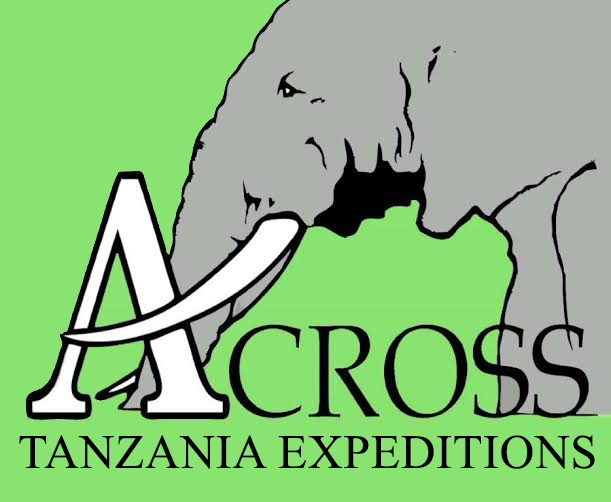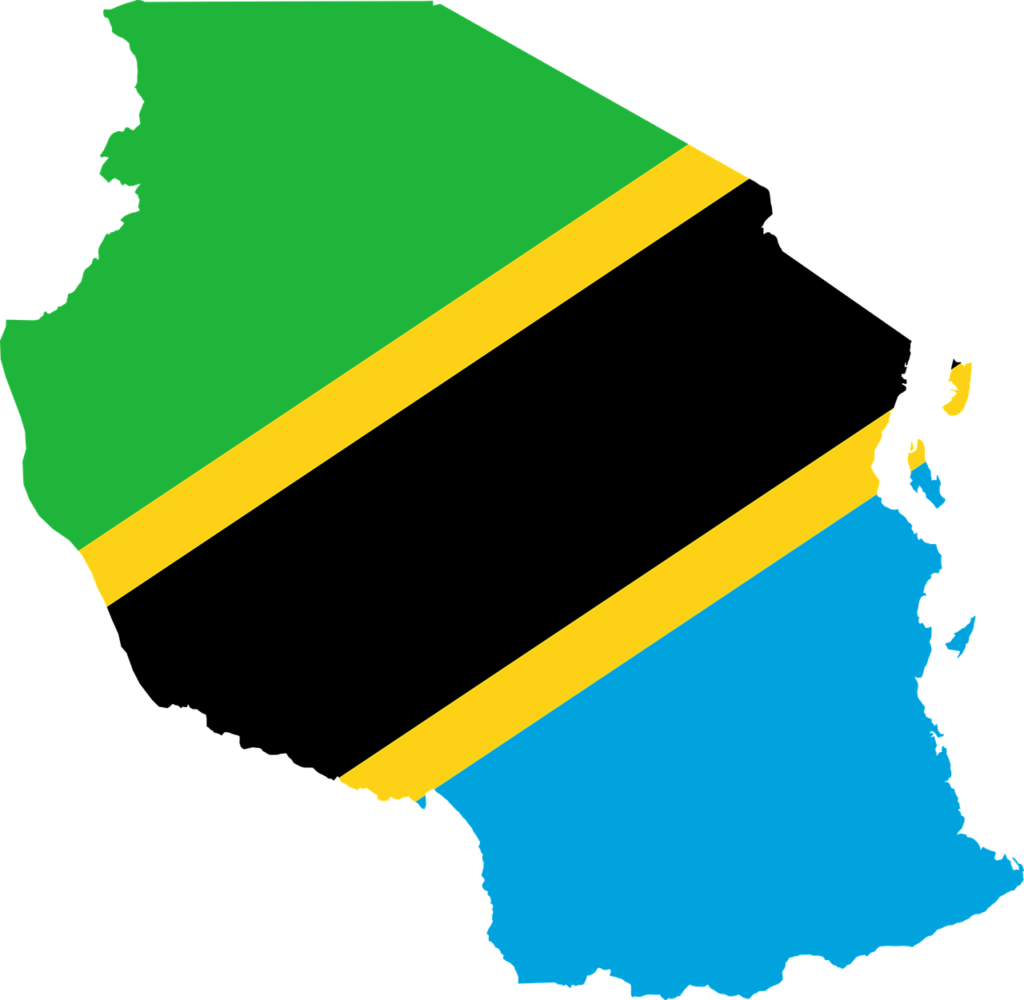Tarangire National Park
Tarangire is one of the more seasonal parks in northern Tanzania, with a lot of migratory movement within the greater Tarangire ecosystem. In the Dry season, between June and October, large herds of animals are attracted to the Tarangire River. At this time, the elephant numbers are spectacular and the park should be part of any safari in northern Tanzania.
Wildlife
Herds of up to 300 elephant can be found, looking for underground streams in the dry riverbeds, while migratory wildebeest, zebra, buffalo, impala, gazelle, hartebeest and eland crowd the shrinking lagoons. Abandoned termite mounds often house mongoose colonies. All the main predators are present, but because of thick vegetation, not spotted as often as in some of the other parks in northern Tanzania.
Scenery
The park’s dominant feature is the Tarangire River. Although it gets very dry, the park is relatively thickly vegetated with acacia shrubs and mixed woodland. Most memorable are the huge baobab trees dotted around in big numbers. The south and east of the park has a big seasonal swamp network, which is an important water catchment area.
Weather & Climate
Tarangire has a fractured Wet season (November to May). Light showers, or the ‘short rains’, tend to close out the year, while the ‘long rains’ see heavier falls from March through May. In between is a brief dry period that gives a taste of what’s to come in the Dry season proper (June to October).
Best Time to Visit
In the wetter months (November to May) tourists are fewer and the local wildlife more dispersed, with water easily found around the park. The animals are much easier to find during the Dry season (June to October), as they head to the area’s remaining water sources. Pack plenty of warm clothes for early-morning game drives at this time of year, as it’s cold when the sun is low in the sky.


